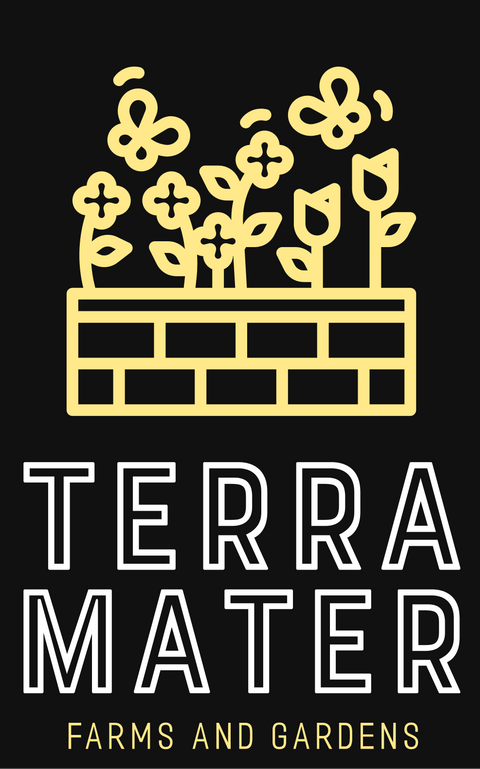Discovering White Dutch Lawn Clover: History, Varieties, and Benefits

Welcome to Terra Mater Gardens, your trusted source for gardening inspiration and knowledge! Today, we delve into the fascinating world of White Dutch Lawn Clover (Trifolium repens), a versatile and resilient plant that has graced lawns and pastures for centuries. From its rich history to its practical uses, we explore the many reasons to embrace White Dutch Lawn Clover in your garden.
Section 1: The History of White Dutch Lawn Clover White Dutch Lawn Clover, also known as Dutch White Clover or Ladino Clover, has a storied history that stretches back to ancient times. Originating in Europe, this hardy clover was first cultivated for its ability to improve soil health and provide nutritious forage for livestock. It quickly became a staple in European agriculture due to its nitrogen-fixing properties, which enhance soil fertility by converting atmospheric nitrogen into a form usable by plants.
In the 17th and 18th centuries, White Dutch Lawn Clover made its way to North America with European settlers. Farmers and gardeners in the New World appreciated its numerous benefits, including its role as a cover crop, pasture plant, and green manure. By the 19th century, it was widely established across the continent, becoming a common sight in fields, meadows, and lawns.
Section 2: Varieties of White Dutch Lawn Clover While White Dutch Lawn Clover is the most well-known variety, several types of clover are cultivated for various uses. Here are a few notable ones:
- White Dutch Clover (Trifolium repens): The classic variety, known for its small, white flowers and creeping growth habit. It forms dense mats that suppress weeds and provide a lush, green ground cover.
- Ladino Clover: A larger variety of White Clover, Ladino Clover produces bigger leaves and flowers, making it particularly suitable for pasture and forage. It is highly nutritious for livestock and wildlife.
- Microclover: A modern variant, Microclover has been selectively bred to produce smaller leaves and a more compact growth habit. It blends seamlessly with turfgrass, creating a uniform, green lawn that requires less mowing and fertilization.
- Crimson Clover (Trifolium incarnatum): While not a white clover, Crimson Clover is worth mentioning for its striking red flowers and its use as a cover crop and forage plant. It enriches the soil with nitrogen and adds vibrant color to landscapes.

Section 3: Benefits of White Dutch Lawn Clover White Dutch Lawn Clover offers a multitude of benefits that make it a valuable addition to any garden or lawn:
- Soil Health: As a legume, White Dutch Clover fixes nitrogen in the soil, improving fertility and reducing the need for synthetic fertilizers. Its deep roots also help aerate the soil, enhancing its structure and water retention.
- Weed Suppression: The dense growth of White Dutch Clover forms a thick ground cover that effectively suppresses weeds, reducing competition for resources and minimizing the need for chemical herbicides.
- Biodiversity: Clover flowers attract pollinators such as bees and butterflies, supporting local ecosystems and promoting biodiversity. Its presence in lawns and gardens fosters a healthier environment for beneficial insects.
- Drought Tolerance: White Dutch Clover is remarkably drought-tolerant once established, requiring less water than traditional turfgrass. This resilience makes it an excellent choice for sustainable, water-efficient landscaping.
- Low Maintenance: Clover lawns are low-maintenance, requiring less mowing and fertilization compared to grass lawns. They maintain a lush, green appearance even under less-than-ideal conditions.
Section 4: Incorporating White Dutch Lawn Clover in Your Garden Whether you're looking to create a lush, green lawn, improve soil health, or enhance biodiversity, White Dutch Lawn Clover is a versatile and beneficial addition to your garden. Consider integrating it into your lawn by overseeding with clover seeds, mixing it with turfgrass, or using it as a ground cover in flower beds and vegetable gardens. Its resilience and numerous benefits make it an excellent choice for eco-friendly gardening.
Conclusion: White Dutch Lawn Clover, with its rich history and myriad benefits, is a true gem in the world of gardening. From improving soil health to supporting pollinators and reducing lawn maintenance, this versatile plant offers countless advantages for gardeners and the environment alike. Visit Terra Mater Gardens to explore our selection of high-quality White Dutch Clover seeds and start reaping the rewards of this remarkable plant in your garden today!
